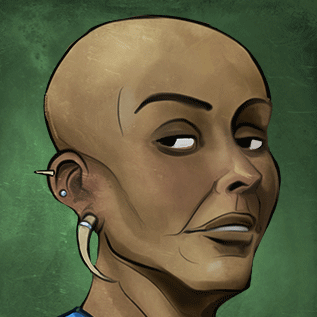From the 10th story of the 5th day:
what Pietro devised for the satisfaction of all three hath escaped my mind; but this much I know that on the following morning the youth was escorted back to the public place, not altogether certain which he had the more been that night, wife or husband.
Read: https://www.gutenberg.org/files/23700/23700-h/23700-h.htm#THE_TENTH_STORY5 Alternate translation: https://www.brown.edu/Departments/Italian_Studies/dweb/texts/DecShowText.php?myID=nov0510&lang=eng
The book is ascinating and invaluable historically, though many of the tales are immensely misogynist and horny. It's also very anti -clerical, tolerant of Jews and Muslims, and the prologue has very impressively scientifically accurate first hand account of the black death, which is the setting if the novel and was taking place while Bocaccio wrote this work.
This story, like most, is adapted from an earlier work. In particular the 2nd century CE's Metamorphoses by Roman author Apuleius, also fantastic and worth reading. This might explain how bisexual representation appears in a medieval work.
Also a good time to remind everyone to read The History of Sexuality

I did not know this. This is cool to know. I appreciate you sharing this.
That's the book with the story that got turned into that Aubrey Plaza movie where she's a nun



